So you want to travel with your kids, but the thought of a Disney Cruise makes your skin crawl. What do you do? How about trying something a bit more off-the-beaten path? These 10 strange and unforgettable destinations, excerpted from the highly anticipated Atlas Obscura, are sure to delight kids and adults alike.
Sloth Sanctuary
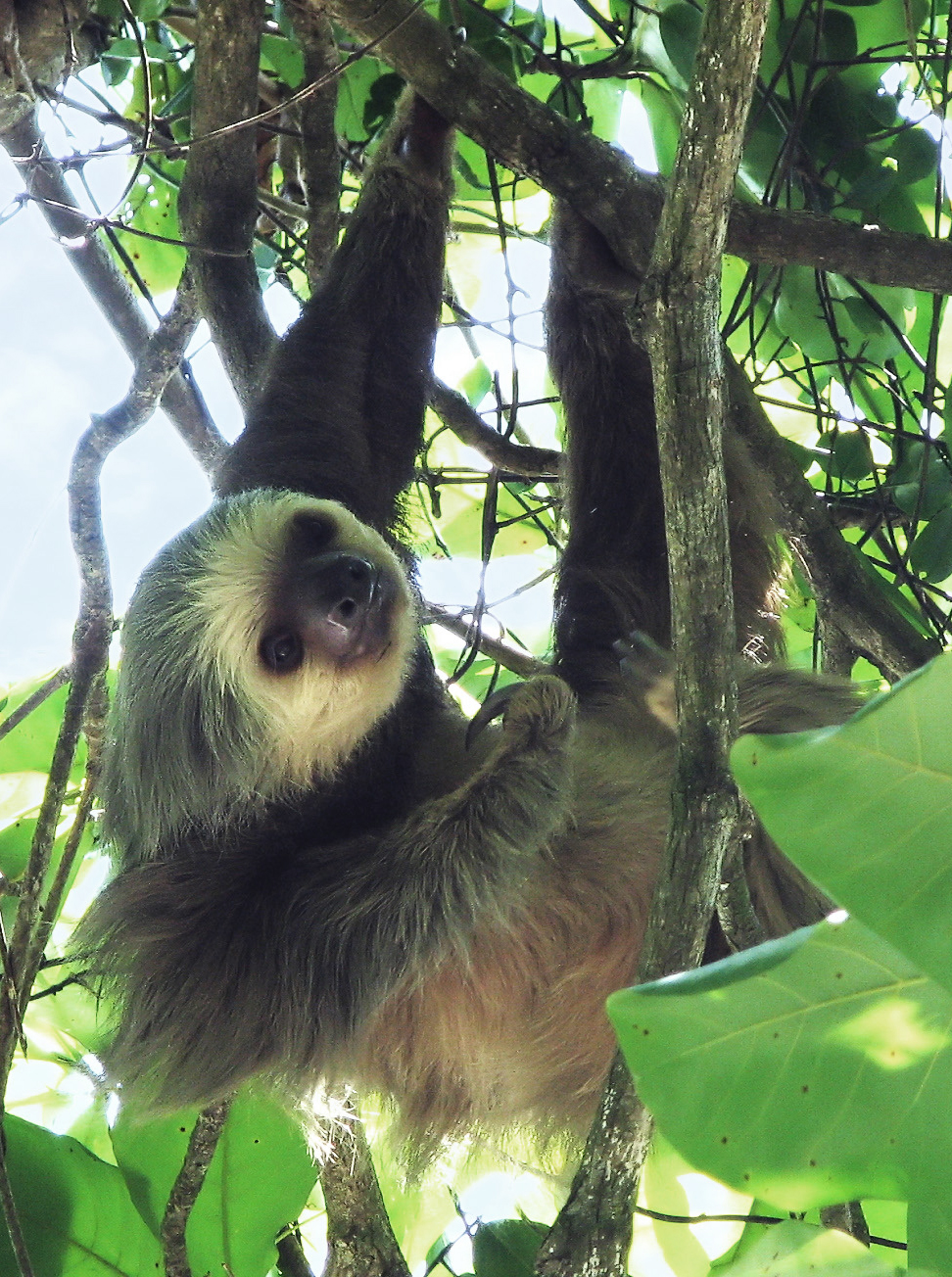
CAHUITA, LIMÓN, COSTA RICA
It all began with a baby sloth named Buttercup. In 1991, three girls turned up on Judy Avey-Arroyo’s doorstep holding the orphaned, injured three-toed sloth. Despite having no experience with the animals, Avey-Arroyo took Buttercup in and nursed her back to health. The infant was so endearing that Avey-Arroyo and her husband, Luis Arroyo, decided to establish a sanctuary dedicated to rescuing and rehabilitating injured sloths.
The Aviarios del Caribe Sloth Sanctuary opened in 1997 and has since taken care of more than 500 two- and three-toed sloths. Found in the tropical forests of South and Central America, sloths live in trees and move at a very slow pace—which can make them vulnerable to animal and human predators.
After nursing sloths back to health, the sanctuary releases some of them back into the wild and keeps others as permanent residents. Buttercup is the undisputed star of the sanctuary and is tasked with greeting visitors on arrival.
The sanctuary’s “slothpital” treats sloths who have fallen onto power lines or been hit by cars. In the infant section, tiny, wet-nosed sloths are bathed in buckets and dressed in pajamas made from athletic socks before being placed in incubators.
Off Highway 36, 7 miles north of Cahuita. The sanctuary is a 3-hour drive southeast of the capital of San José.
N 9.799565 W 82.915112”
2. Mukluk Land
TOK, ALASKA, U.S.A.
Try as you might, it’s difficult to determine the unifying theme of Mukluk Land. “Stuff from Alaska” is about as close as it gets.
Retired schoolteachers George and Beth Jacobs established Mukluk Land in 1985 as a way to share their Alaskan memorabilia with the public. The park, which touts itself as “Alaska’s most unique destination,” contains a junkyard, a room full of arcade games, an impressive collection of beer cans, a minigolf course, a giant cabbage, and a vintage red-and-white bus known as “Santa’s Rocket Ship.”
And then there are the dolls. A log cabin houses hundreds of them—in rows on the floor, seated on shelves, stuffed side-by-side into open suitcases, and crammed into a red plastic convertible. All face a window through which you can peer into the room. Entering the cabin is forbidden, a fact asserted by the open bear trap on the floor.
“Once you’ve perused Engine Alley, Heater Heaven, and the rest of the rusting machinery on the grass, pose for a photo in front of the park’s main attraction: the giant mukluk. The big red boot, festooned with white pompoms, is suspended at head level from the front gate.
Milepost 1317 Alaska Highway, Tok. The park is 3 miles (5 km) west of Tok (which rhymes with “smoke”). It’s open June through August.
N 63.343807 W 143.098213
3. International Cryptozoology Museum
PORTLAND, MAINE, U.S.A.
An 8-foot-tall (2.4 m) Sasquatch guards the door of this museum, whose 10,000-item collection includes hair samples of the Abominable Snowman, fecal matter from a yeti, and a life-size mold of a coelacanth, a fish once thought to be extinct but rediscovered in 1938. Owner Loren Coleman, a lifelong cryptic enthusiast, is happy to talk to you about mothmen, chupacabras, tatzelwurms, and his own travels on the bigfoot-hunting trail. Pick up a yeti finger puppet or bigfoot-shaped air freshener in the gift shop.
11 Avon Street, Portland.
N 43.654222 W 70.265869
4. Weeki Wachee Mermaids
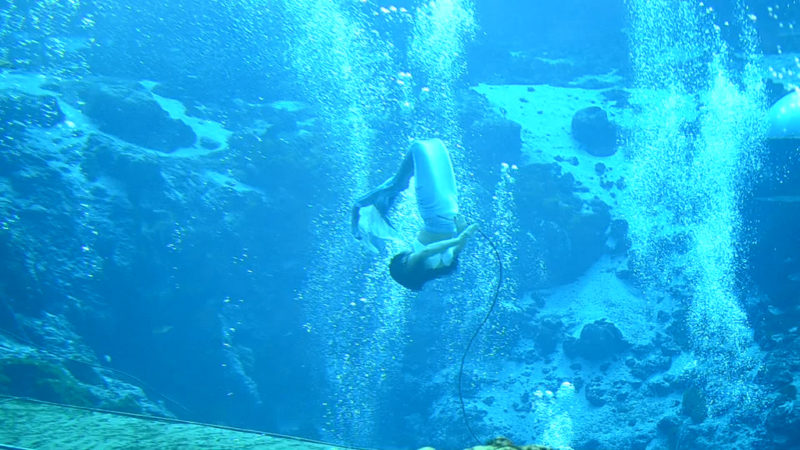
WEEKI WACHEE, FLORIDA, U.S.A.
Mermaids have lived in the waters of Weeki Wachee Springs since 1947. That’s when swim coach Newt Perry developed an underwater mermaid show, performed at a depth of 20 feet (6 m) by glamorous women in bikini tops and fish tails.
To watch the mermaid show, spectators file into a 400-seat underwater theater built into one side of the spring. The lights dim, gentle music starts playing, and a faded blue curtain rises to reveal the water behind a 100-foot-wide (30.5 m) glass wall. As a voiceover describes the mermaids’ world—“water as blue as the loveliest cornflower and as pure as the clearest glass”—one of the mythical creatures swims the length of the window, smiling and waving as the tendrils of her tail waft behind her.
The ensuing show is a lip-synced, music-enhanced retelling of The Little Mermaid, complete with handsome prince, evil sea witch, and a terrestrial wedding once the mermaid gets her legs. To breathe underwater, the scuba-certified performers inhale from free-flowing air hoses that snake around the spring. Fish and turtles are unwitting co-stars.
Since the arrival of Disney World in 1971, Weeki Wachee has struggled to attract visitors. During the 1960s there were 9 shows a day. Now there are 3.
Weeki Wachee Springs State Park, US 19 at State Road 50.
N 28.491034 W 82.632138
5. Dinosaur Land
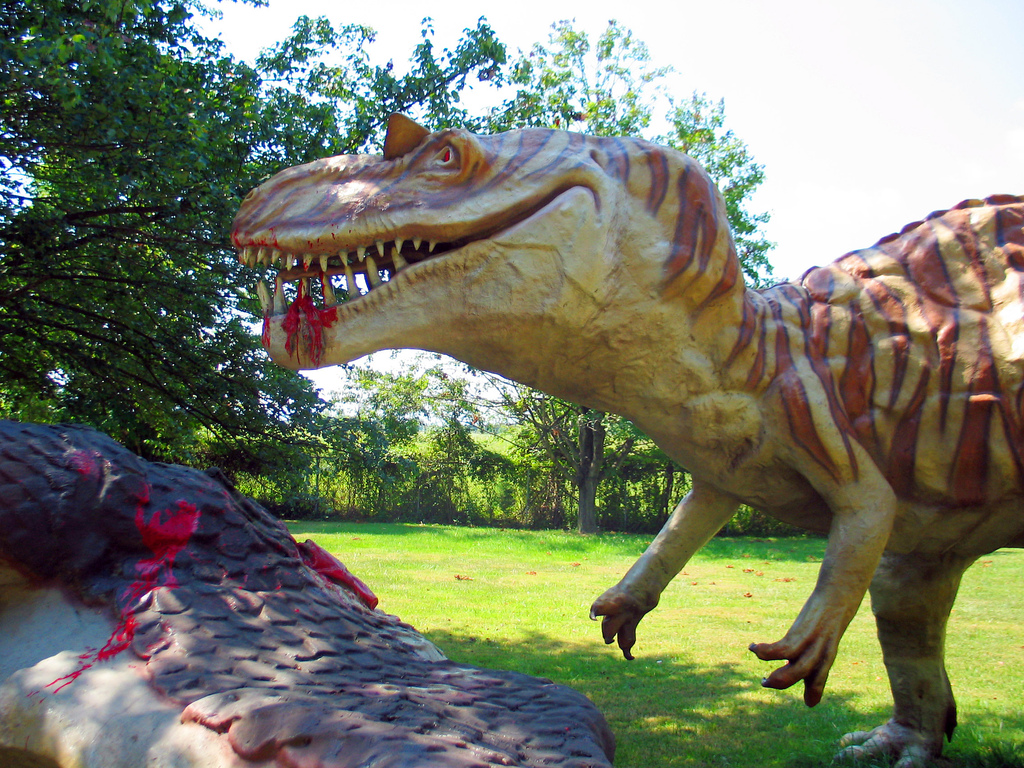
WHITE POST, VIRGINIA, U.S.A.
Somehow, sculptures of King Kong, a giant cobra, and a monstrous praying mantis ended up here among the T. rexes and pterodactyls. And then there are the walk-through shark and octopus.
None of it makes much sense, but Dinosaur Land, built in the 1960s, still has enough dinosaurs to justify its name. Many have been sculpted in attack poses, making them particularly suitable for creative photo composition. Make sure you stop by the giganotosaurus that is casually chomping a pterodactyl out of the sky.
3848 Stonewall Jackson Hwy, White Post.
N 39.0599299 W 78.1401104
6. Cochrane Polar Bear Habitat
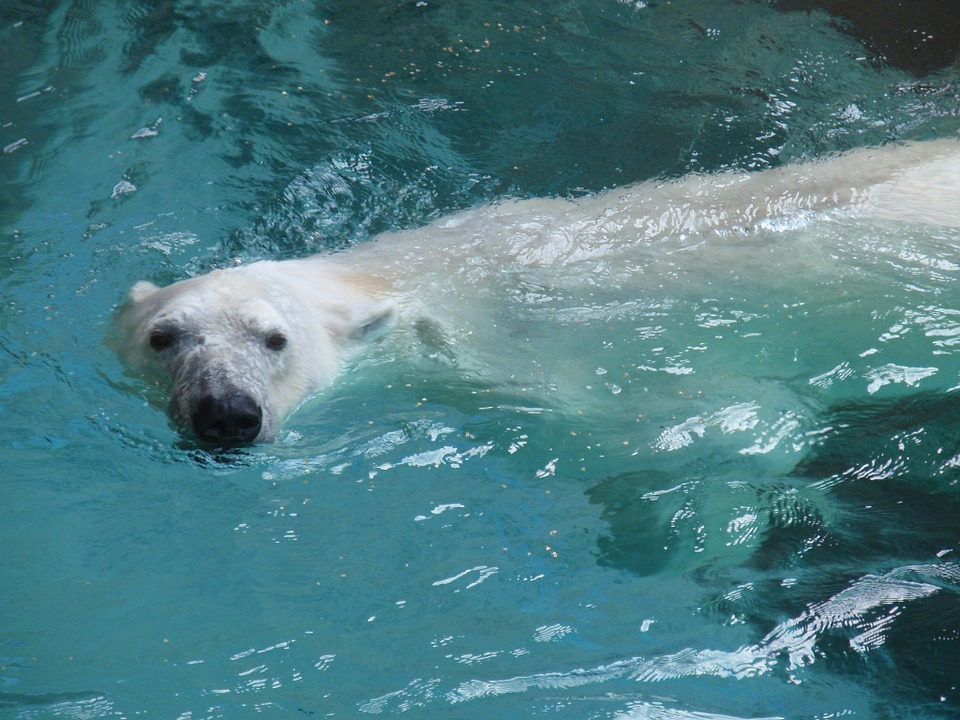
COCHRANE, ONTARIO, CANADA
A playful 800-pound (363 kg) bear named Ganuk is currently the sole ursine resident of Cochrane Polar Bear Habitat. The world’s only facility dedicated solely to captive polar bears, Cochrane aims to care for rescued and zoo-raised bears while educating people on their conservation. Ganuk has free reign over the habitat’s three expansive outdoor enclosures. His hobbies include digging, getting his head stuck in barrels, and eating bucket-size popsicles made with watermelon pieces, tuna, peanut butter, and marshmallows.
Ganuk can also literally paint you a picture of life in the habitat—zookeepers occasionally put nontoxic paint and canvases in front of him with the aim of encouraging his creative side. The resulting paw-printed abstract art is sold in the gift shop for up to $200 apiece.
Visit Ganuk between May and September and you’ll be able to swim alongside him. There is a wading pool for humans right next to the bear pool, separated only by a 2-inch (5 cm) wall of glass.
1 Drury Park Road, Cochrane, a 7-hour drive from Toronto.
N 49.057664 W 81.023397
7. Ueno Zoo Escaped Animal Drill
TOKYO, JAPAN
Every February, a papier-mâché rhino politely lunges at the staff of Ueno Zoo. The rhino, operated by a pair of zookeepers, is one of the fake creatures used in the zoo’s annual Escaped Animal Drill.
Each year, the artificial rhino—along with staff members in furry monkey suits and one dressed as a bipedal tiger—attempts to storm the gates of the zoo and wreak havoc on the streets of Tokyo. Zookeepers band together to capture the “humanimals,” encircling them with nets, loading tranquilizer guns, and tapping the ground with sticks. Some zoo staff even feign injury or play dead to heighten the authenticity of the scene. All participants carry out their duties earnestly, never cracking a smile.
The yearly drill is part of Ueno Zoo’s emergency preparations for earthquakes and other natural disasters. It has become such a popular attraction in its own right that other Japanese zoos have started to copy the idea.
9-83, Ueno Park, Taito-ku, Tokyo. The Escaped Animal Drill is usually held between February 20–22, but contact the zoo directly to confirm.
N 35.714070 E 139.774081
8. Icelandic Elf School
REYKJAVÍK, ICELAND
When Icelandic member of parliament Árni Johnsen escaped unharmed from a car crash in 2010, he knew whom to credit for his survival: elves. After rolling 5 times, the politician’s SUV came to rest beside a 30-ton boulder. Johnsen, believing that multiple generations of elves called that boulder home, concluded that they used their magic to save him. When roadwork later required the removal of the boulder, he claimed it for himself, transporting it to his home to ensure the elves would continue to watch over him.
Johnsen’s beliefs are not unusual. According to Icelandic folklore, thousands of elves, fairies, dwarves, and gnomes—collectively known as “hidden people”—live in rocks and trees throughout the country. It is no wonder, then, that the world’s only elf school is located in Reykjavík.
Historian Magnús Skarphéðinsson, who has spent decades documenting people’s encounters with elves, established the school in 1991. Classes focus on the distinguishing characteristics of Iceland’s 13 varieties of hidden people. The school also offers 5-hour classes for travelers, which include a tour of Reykjavík’s elf habitats. Students receive a diploma in “hidden people research.”
Skarphéðinsson has never seen an elf. His knowledge of their appearance and behavior comes from the hundreds of testimonies he has collected from people who claim to have made contact with hidden people.
Though Skarphéðinsson has devoted 30 years to the subject and considers himself the foremost authority on elves, he maintains a sense of humor about it all. At the end of class, he serves homemade coffee and pancakes and tells stories about the people who come up to him to say, “I swear I’m not on drugs, but I saw the strangest thing …”
108 Síðumúli, Reykjavík. Buses run on Suðurlandsbraut or Háaleitisbraut.
N 64.133062 W 21.876143
9. Star City
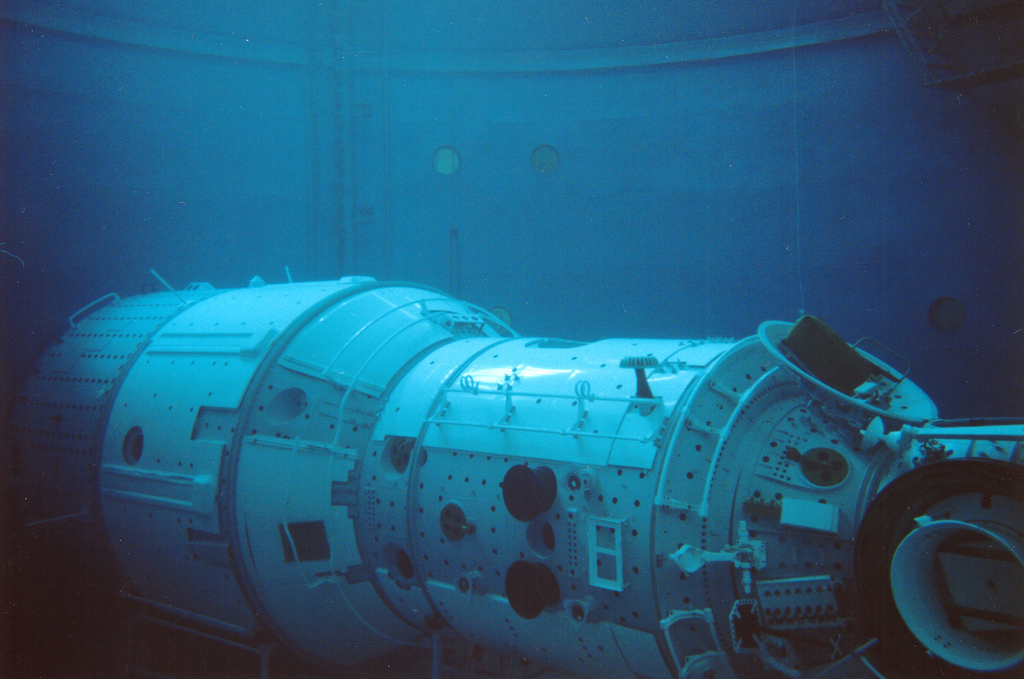
ZVEZDNY GORODOK, MOSCOW OBLAST, RUSSIA
During the development of the Soviet space program, a secret Air Force facility in the woods northeast of Moscow was transformed into a cosmonaut training center and residential settlement called Zvezdny Gorodok, or Star City. Omitted from the era’s maps, and referred to officially as “Closed Military Townlet Number One,” the area centered on the Yuri Gagarin Cosmonaut Training Center, where prospective cosmonauts would undergo strenuous physical, technical, and psychological preparation for space flight.
Following the dissolution of the USSR in 1991, the curtain of secrecy was lifted, and the training center opened its doors to the public. Today, a handful of companies offer special tours of the facility, during which visitors can wear a mock spacesuit, take a ride in the centrifuge, or board a “zero-gravity” flight that simulates weightlessness through a parabolic trajectory. The on-site museum of space travel and exploration contains an impressive collection of vintage spacesuits and capsules charred from reentering the atmosphere.
Your tour may include an encounter with an astronaut—they still train for flights in the center’s full-size spacecraft mock-ups, as well as recover from missions with the help of the medical clinic and testing facilities.
Star City is located near Shchyolkovo, about an hour’s drive northeast of Moscow. The nearest airport is Chkalovsky Airport and the nearest rail station is the Tsiolkovskaya stop of the Yaroslavl Railroad. Permits are required to visit, so contact a tour operator well in advance.
N 55.878128 E 38.112418”
10. Park of the Monsters
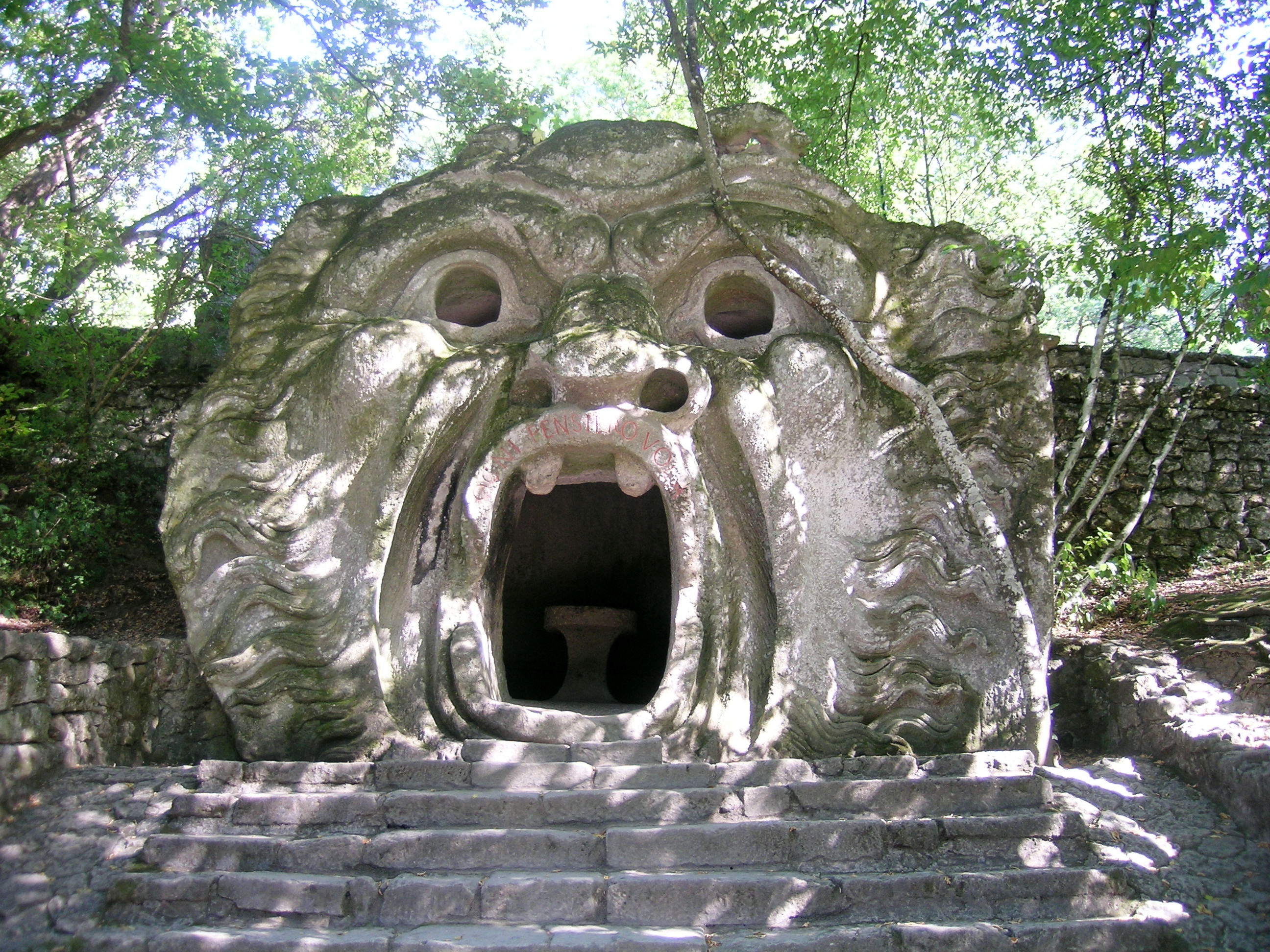
BOMARZO, LAZIO ITALY
The stone sculptures in the Parco dei Mostri emerged from the tormented mind of 16th-century Italian prince Pier Francesco Orsini. Pier endured a brutal war, saw his friend killed, was held for ransom for years, and returned home only to have his beloved wife die. Seeking a way to express his grief, Orsini hired architect Pirro Ligorio to create a park that would shock and frighten its visitors.
The park exhibits the 16th-century Mannerist style—an artistic approach that rejected the Renaissance’s elegance and harmony in favor of exaggerated, often tortured expressions and a mishmash of mythological, classical, and religious influences. Its wretched sculptures—including a war elephant attacking a Roman soldier, a monstrous fish head, a giant tearing another giant in half, and a house built on a tilt to disorient the viewer—caught the attention of Salvador Dalí, who visited in 1948 and found much to inspire his surrealist artwork.
A trip to the park is not complete without a walk up the stone stairs leading into the “Mouth of Hell”—the face of an ogre captured midscream. Walk into its gaping maw, inscribed with “all reason departs,” and you’ll find a picnic table with benches.
Localita Giardino, Bomarzo. From Rome take a train to Orte Scalo, where you can switch to a bus to the gardens.
N 42.491633 E 12.247575
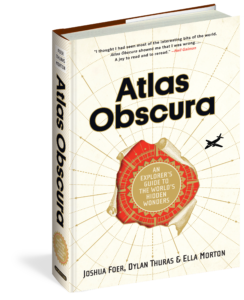 About the Book
About the Book
It’s time to get off the beaten path. Inspiring equal parts wonder and wanderlust, Atlas Obscura celebrates over 700 of the strangest and most curious places in the world.
Created by Joshua Foer, Dylan Thuras and Ella Morton, Atlas Obscura revels in the weird, the unexpected, the overlooked, the hidden and the mysterious. Every page expands our sense of how strange and marvelous the world really is. And with its compelling descriptions, hundreds of photographs, surprising charts, maps for every region of the world, it is a book to enter anywhere, and will be as appealing to the armchair traveler as the die-hard adventurer.
Anyone can be a tourist. Atlas Obscura is for the explorer.
Order Atlas Obscura today!
Amazon » Barnes & Noble » IndieBound » Workman »

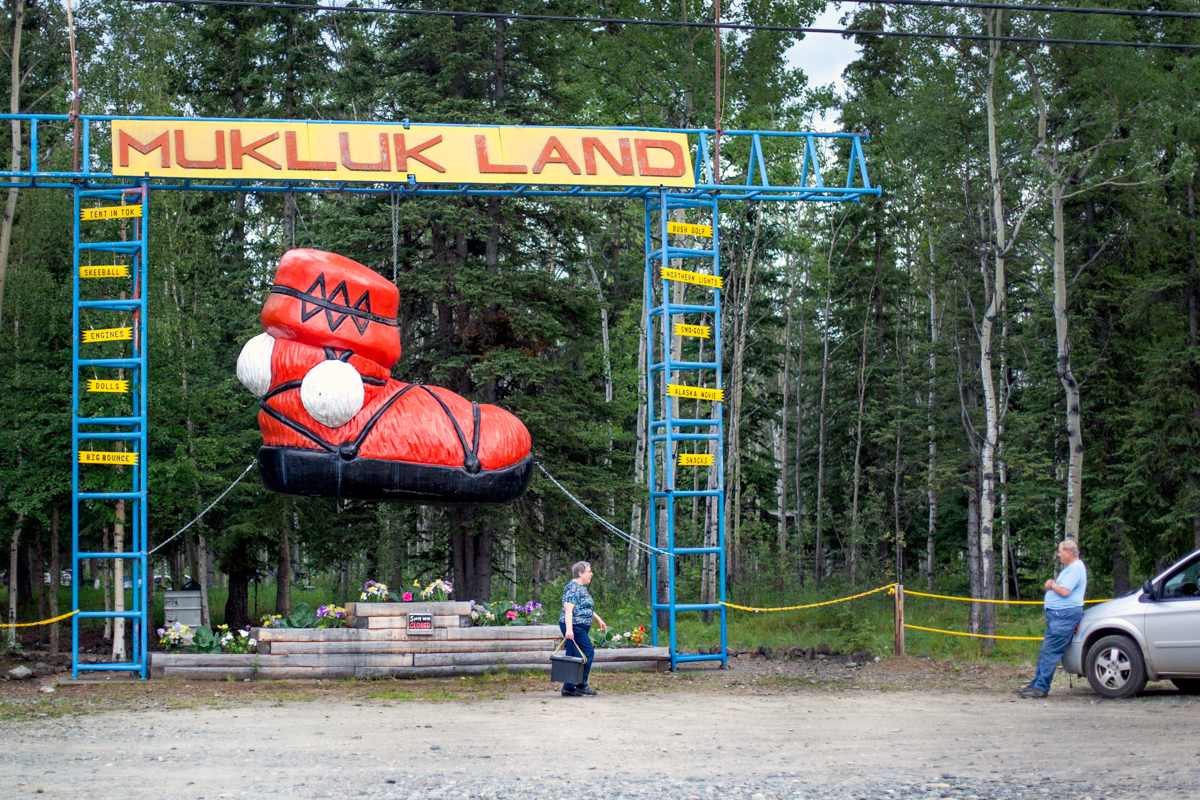
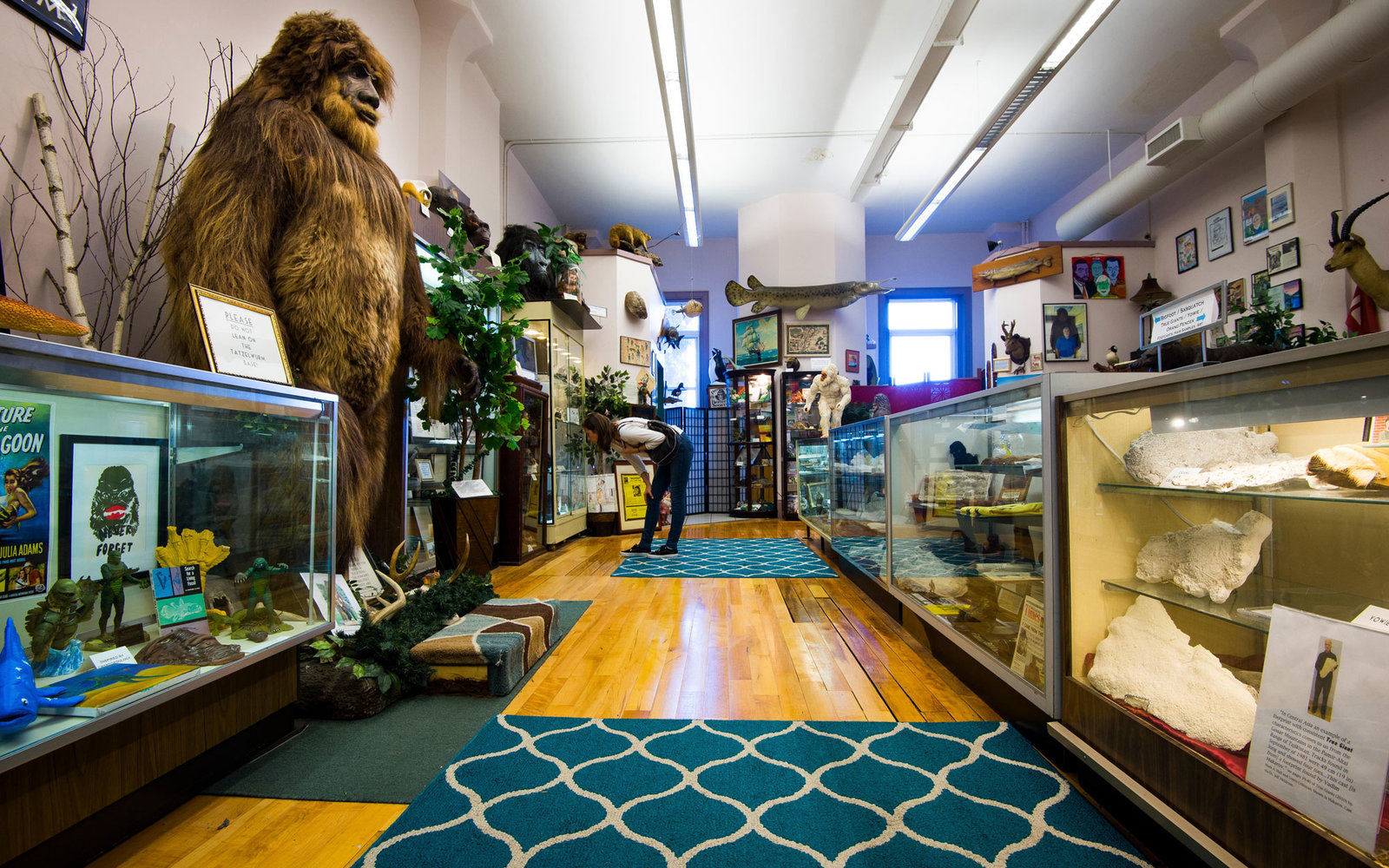
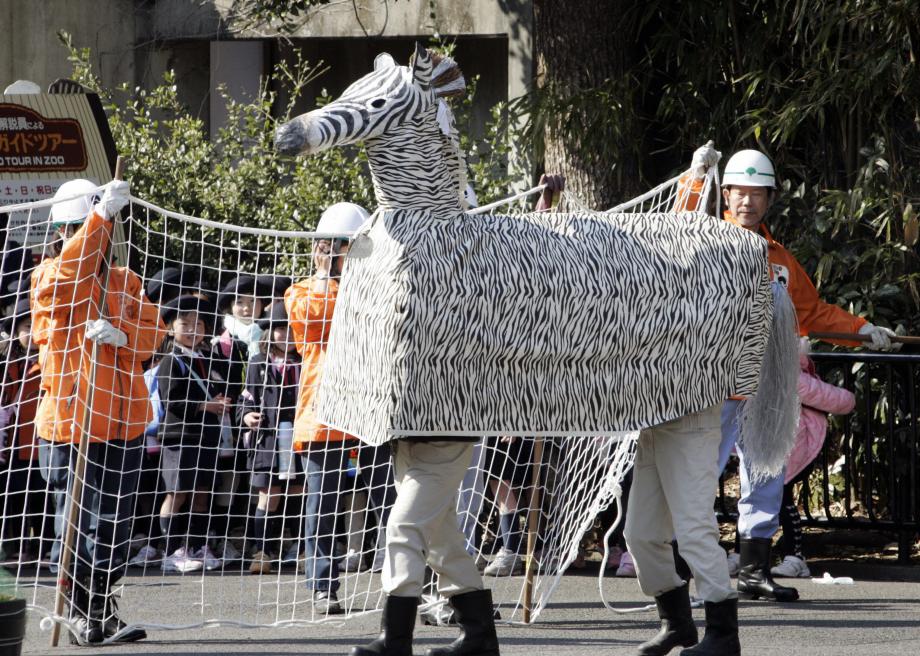
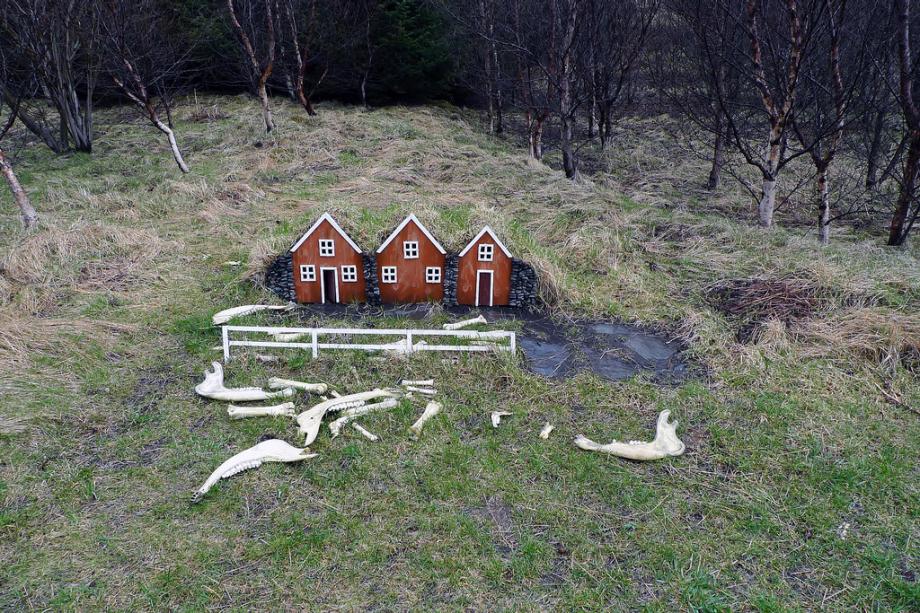
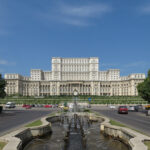


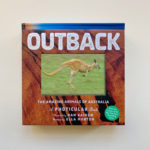
No Comments